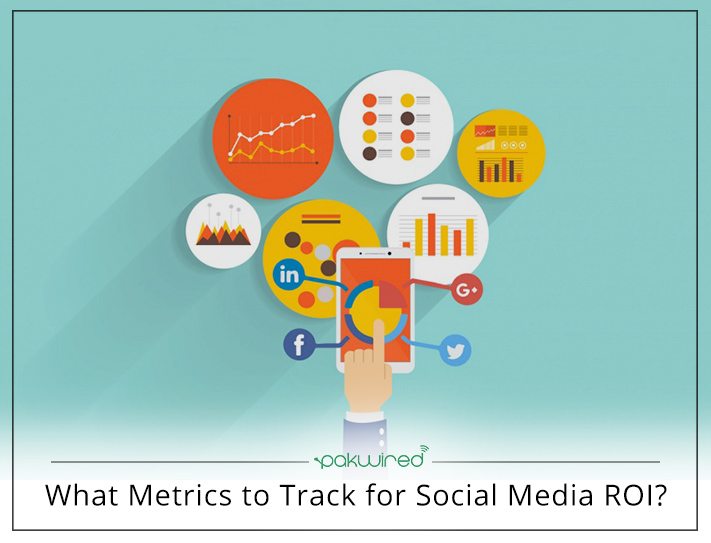If you’re in charge of your brand’s social media activities, you may also be asked to report back on how well it’s working and what return you’re getting from investing in it.
With so many metrics available to you, how do you decide which ones are actually useful for seeing how social media is affecting your company’s bottom line and reputation (and which are “vanity” metrics that don’t tell you much at all in this respect)?
Here are some of the key social media to track from a Return On Investment (ROI) respective.
Leads
This is one of the main reasons why many brands want to be on social media in the first place so it’s one of the key things to keep on top of.
Make your links trackable with a utm code on every post that you share to social media. If you’re using Hootsuite, you can add this quickly and easily in the Advanced Settings when you compose an update.
Audience Growth
A lot of marketers focus solely on the numbers and how much reach this gives but this metric doesn’t tell you a whole lot by itself.
It can be smarter to look at how much your social media audience is growing (or otherwise), rather than being hung up on how many followers you have.
This helps you to see how much traction you’re gaining through your social media activities and whether you’re on an upward trend or just treading water.
Engagement Rates
A growing audience is a good sign but it doesn’t mean much if these followers aren’t all that interested in what you have to say. You also need to look at how well your content is doing in terms of speaking to the right people and getting their attention.
If these stats don’t make for good reading, it’s time to have another look at your content strategy and how you can make sure your content connects with your audience.
Click Through Rates and Bounce Rates
Click through rates (CTRs) will tell you how many people are clicking on the content you’re posting to social media but this is only part of the bigger picture.
Pairing this stat with your bounce rate highlights the percentage of people who then leave your website without accessing any other pages. If lots of people are clicking through to your website after seeing a social media post and don’t hang around on your website beyond this, it will be reflected in your bounce rate stats. This metric will therefore be useful for gauging how valuable social media traffic is for your website, especially compared to traffic from search and advertising.
Share of Traffic
Google Analytics can tell you how much of your website traffic is coming from social media, compared to search and advertising.
Social Share of Voice
Tracking mentions is an obvious way to see how much your brand is being talked about on social media but you can way beyond this and look at how many mentions you’re getting in comparison to your competitors and your industry as a whole.
From an ROI perspective, this metric shows that your competition is also on social media and how well you’re using it compared to them. If you’re doing better than them, here’s the proof!
It can also let you know how your campaigns are doing in terms of raising your brand’s profile above the competition.
Number of Interactions Vs Followers
Likes and comments can be something of a vanity metric when they’re taken out of context but this stat can mean a lot more if you look at how they stacks up against your total followers or likes. Ideally, you’ll want them to be a reasonable proportion of your overall audience.


